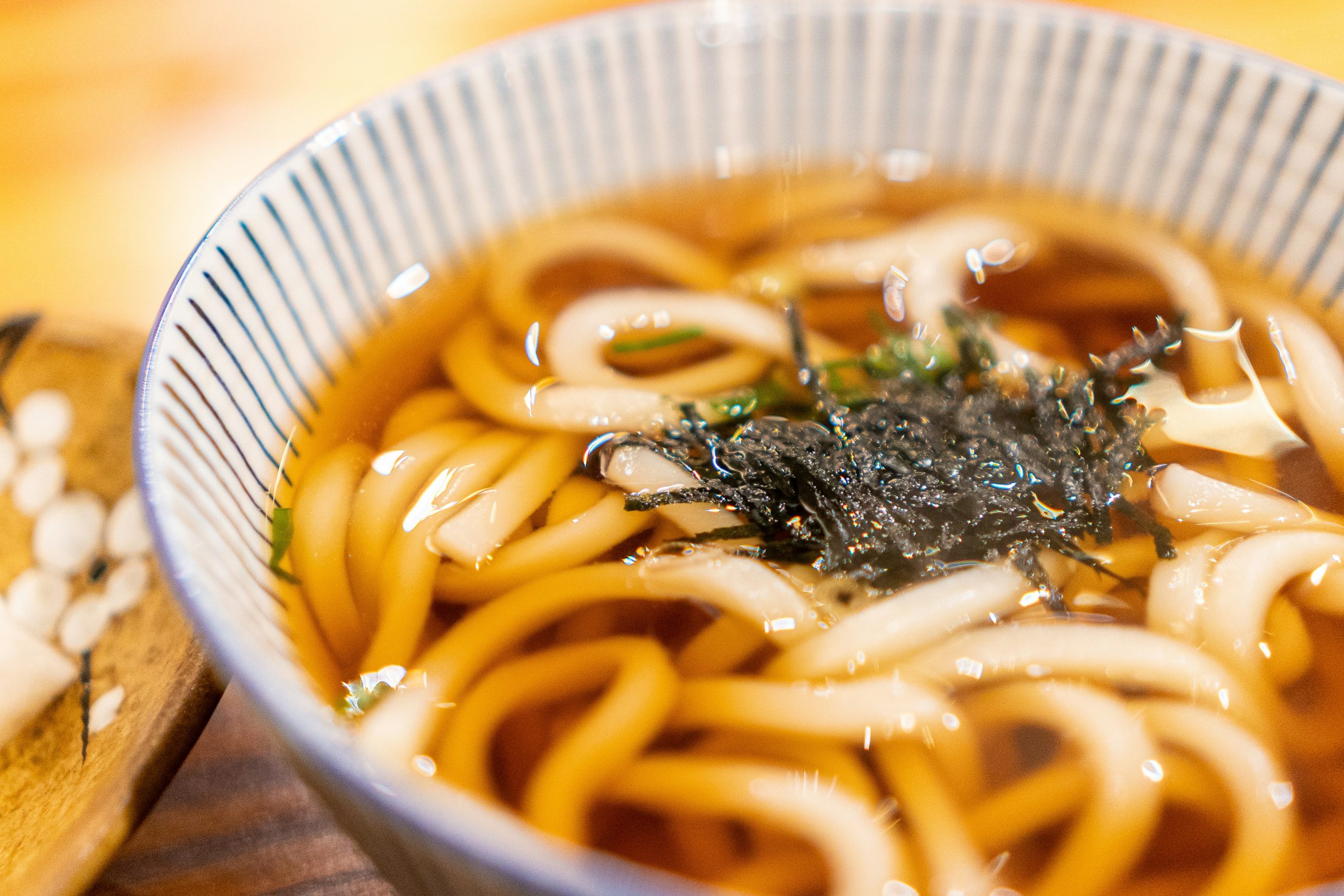1. The Noodle’s Ingredient Determines the Glycemic Response
The most important factor determining the blood sugar response to a noodle dish is its ‘main ingredient.’ Udon and buckwheat noodles (soba) show a clear difference in their effect on blood sugar, just as they do in color and texture.
2. Characteristics of Udon
– Main Ingredient: Udon noodles are made from refined ‘white wheat flour.’
– Glycemic Response: White wheat flour is close to pure carbohydrate, with most of the dietary fiber and nutrients removed. For this reason, it is digested and absorbed very quickly, causing a sharp rise in blood sugar upon consumption. The thickness of the noodle does not slow down digestion; in fact, its soft texture might reduce chewing time, potentially speeding up absorption.
3. Characteristics of Soba (Buckwheat Noodles)
– Main Ingredient: ‘Buckwheat’ is a whole grain with higher protein and dietary fiber content than wheat flour. In particular, an antioxidant called ‘rutin’ is known to be beneficial for vascular health.
– Glycemic Response: The abundant dietary fiber in buckwheat slows down the absorption speed of glucose, resulting in a much more gradual rise in blood sugar compared to udon noodles.
– A Word of Caution: Many commercially available soba noodles often contain a low percentage of buckwheat and a high percentage of wheat flour to reduce costs. For the full health benefits, it is crucial to choose a product with a ‘high buckwheat content.’ Also, the dipping sauce (tsuyu) is high in sugar and sodium, so it should be used sparingly.
Summary: Udon is made from refined wheat flour and raises blood sugar quickly, while high-buckwheat-content soba raises blood sugar more gradually thanks to its dietary fiber. When a person with diabetes chooses a noodle dish, soba is a much better choice than udon.


Leave a Reply